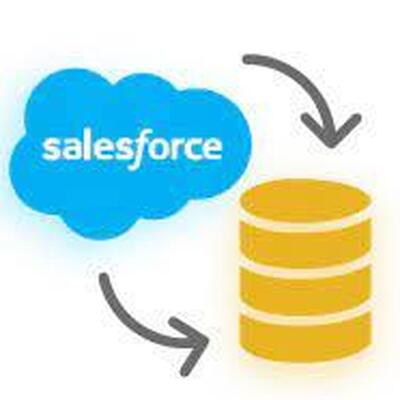Role of Salesforce data backup strategy
Posted By archiveon cloud
Body
A backup and recovery solution is essential to balance the importance of data security with flexibility and ease of use. Remote work makes it difficult for businesses to manage distributed data at scale, so finding a reliable data recovery solution is imperative. Businesses must also create backups that can be used as restore points in certain scenarios.Errors, such as accidental deletion or data modification, can happen anytime, so it is important to use these techniques.
For example, Salesforce data backup allows users to automate daily backups of standard and custom items. You can also automatically delete old backups at preset intervals and restore backup data across your organization.

What type of data does Salesforce support?
Metadata backups in the DevOps cycle make the process more reliable because teams can easily roll back. Without a metadata backup, you can only have a partial backup of your data, as you cannot restore data to fields that do not exist. In addition to data, metadata should be backed up and restored as attachments. Examples of backups supported by Salesforce:
-
Backup of custom objects
-
Backup of attachments
-
Metadata backup
-
Backup customization
Salesforce data backup strategy
-
Automatic backups of Salesforce data should be performed regularly.
-
Create automated data backup procedures for both data and metadata.
Best practices for backing up Salesforce data
A basic practice is to schedule frequent backups. This ensures that you have a reliable set of data to refer to. This type of backup can be done at least once a week or daily.In addition, you can archive unused data, protect data stores with access control methods and optionally configure retention periods for backing up data.
What is Salesforce Backup and Restore?
Salesforce has announced the retirement of its original backup service (Data Recovery Service) and introduced a new backup and recovery solution.The automated Salesforce backup and recovery system, enables you to set daily backups of files, attachments, everyday objects, and custom items, is the critical feature. Any data backup is protected with encryption both during storage and transmission.

Salesforce periodically backs up your data and metadata. To systematically delete older backups, Salesforce automatically deletes older backups. You can change the period until it is deleted. Audit and identify responsible parties with this new cloud backup option.
Today's enterprise data and workloads reside in data centres and public clouds. Scaling traditional backup solutions to the cloud, especially multimedia, is complex. Take advantage of the cloud's flexible and scalable capabilities to deliver robust, easy-to-use and on-demand data protection services. Reduce costs with cloud data protection, global source deduplication, unified cloud archiving and scale as needed. Deploy securely anywhere at scale in minutes and encrypt your data without additional infrastructure costs.
How do you choose the right Salesforce backup tool for my organization?
Salesforce backup and restore provide built-in CI/CD DevOps channel backup. In the event of a disaster, your team can monitor and roll back changes to data and metadata to quickly restore complex data across your organization. You can use Salesforce DevOps to implement data backup in your test environment quickly. In addition, you can use the post action to retrieve data and metadata.














Comments